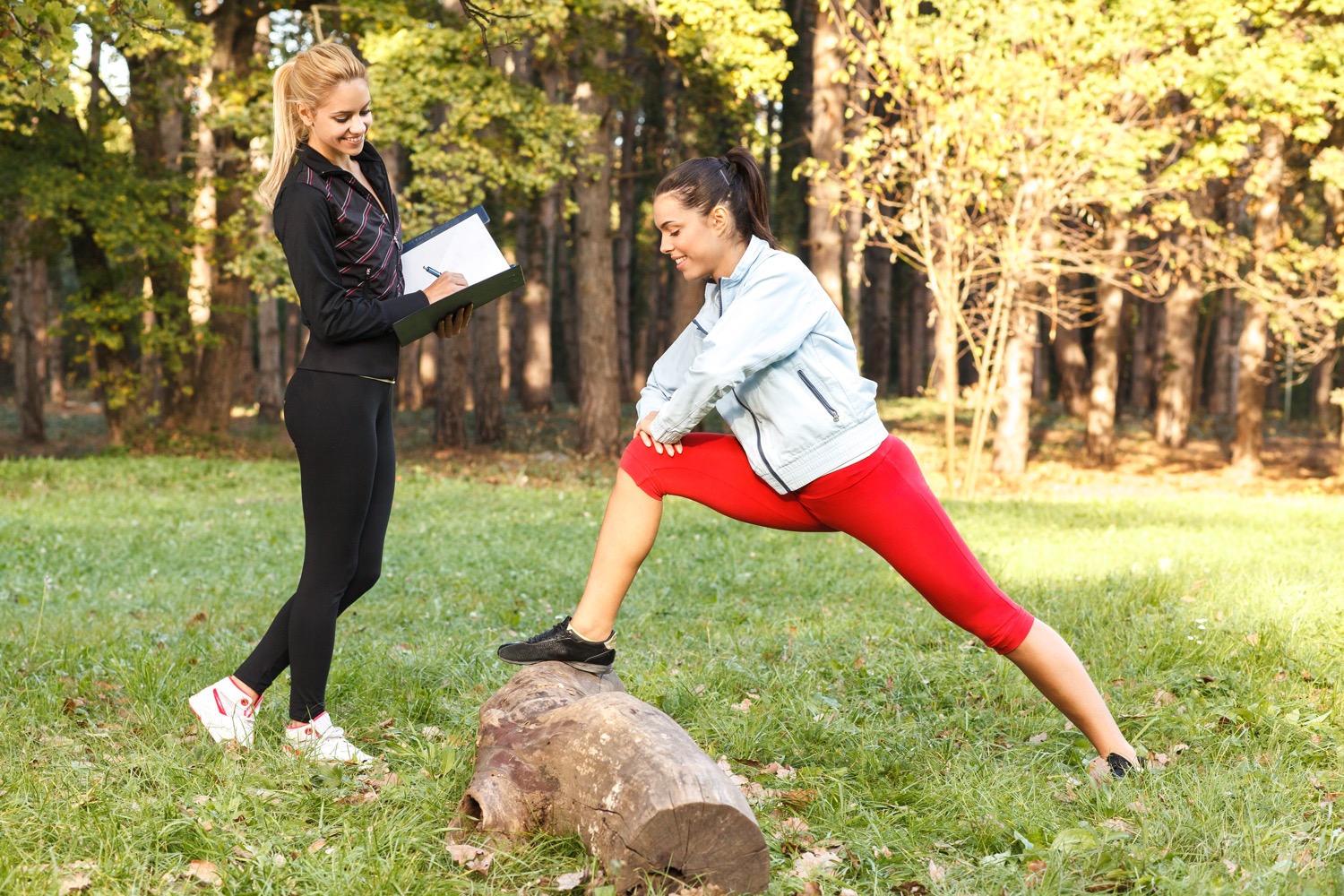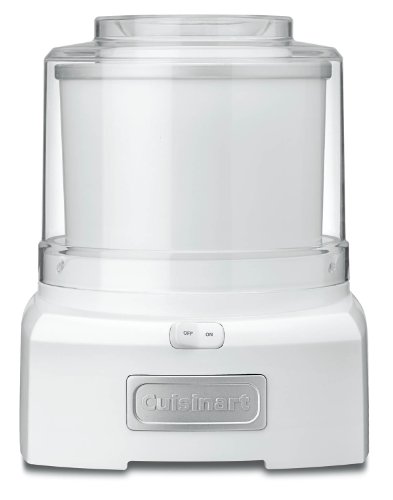Our evening temperatures are beginning to dip into the 30s and yet, our outdoor activities continue unabated. This weekend I'm sure we will be out either observing the lunar eclipse or the Northern lights. This means we're going to get chilly. This means we will want soup.
Soup season is here again. While I love summer with its fruit platters and salads, I adore the soups of fall. A beautiful soup makes a great centerpiece for a meal, and if made well, soups are healthy and appeal to everyone.
What does it take to make a delicious soup? It takes a well-made soup base. Some people call this broth and some people call it stock. I think when you see how it is made you will understand why it tastes so good.
The first thing you should do is roast some chicken. I realize this sounds daunting to some, but it is actually one of the simplest things you can do in the kitchen. Moreover, whole chickens are one of the most inexpensive healthy foods you can buy. Around here, we can get them from our local farmers or you can get a good whole organic chicken at Costco. You will need a roasting pan, but it need not be fancy. It should have a roasting rack. You can usually get these at secondhand stores. You will also need a meat thermometer and these are available for just a few dollars at any grocery store. This is a small price to pay for food safety. Before you start to unpack your chicken, adjust the shelf in your oven and preheat it to 425°. Read through all the instructions first, and assemble everything you need before you start. In French, this is called “ Mise en Place”, or to put in place.
Start by reviewing food safety. Recall that raw chicken and its juices are a culture medium for bacteria. Keep everything confined to the sink or nonporous cutting boards. Open the packages in your area and do not reuse any of the utensils or surfaces for anything else without thoroughly cleaning them in hot soapy water. Once you get your chickens unpackaged, remove the giblets and rinse them. Set your hollow chickens onto the roasting rack in the roasting pan. Then, discard the packaging, wash the utensils and surfaces and finally wash your hands with hot soap and water.
Brush the surface of both chickens thoroughly with olive oil. Sprinkle them liberally with good kosher salt and freshly ground pepper. Encrust them with whatever other herbs you like. Add about an inch of liquid to the bottom of the pan. This can be water or white wine. Cover the birds loosely with foil. Roast at 425°until their internal temperature is 165 degrees deep in the flesh. For the last 10 minutes or so, take off the foil and brown the tops of the chicken until they are nice and crispy but not burned. This will serve about 10 people or a small family for several days.
To make broth, take all of the chicken meat of all of the bones and serve or store it. You can use it to make sandwiches, chicken salad, main dishes, and pasta. Keep all of the drippings in the pan unless they are burned black. Compress the carcasses down in the pan and place back in the oven and either bake them at high temperature or broil them until they are golden brown and dried but not burned. Take the roasting pan out and add several ingredients which will flavor the broth. Here are some choices:
- Garlic cloves, and onion with their skin
- Chopped carrots, Chopped celery
- Older apples that are still good
- Any fresh herbs and peppercorns
Cover all the ingredients with water and bring to a boil on the stove top. Boil for 10 minutes, then simmer for at least two hours.. When finished, strain and transfer to a clean cool container or containers, preparing either to use, refrigerate, or freeze. Consider adding salt at this time.
If the weather is cold, I like to cool my broth outside. This way I don't have to put hot containers of broth into a freezer or refrigerator, compromising the temperature of other items. Either hot broth or cold broth is safe, but warm broth spoils quickly, and should be stored or used promptly.
I freeze our broth in quart containers being careful to leave about three quarters of an inch of head space at the top. Now I have a delicious base for any number of different kinds of soups or sauces. We have used this to make soups with chicken, red meat and all kinds of vegetables.
Mostly we just make soup with what is on hand. The general principle is this: Pick a soup pot of adequate size. Saute your meats, garlic, onions, and hard vegetables one by one in olive oil and spices. Once they are cooked, cover with broth and add the softer vegetables such as tomatoes and greens. Bring to a boil, then simmer until done. Season to taste. To your health !


























